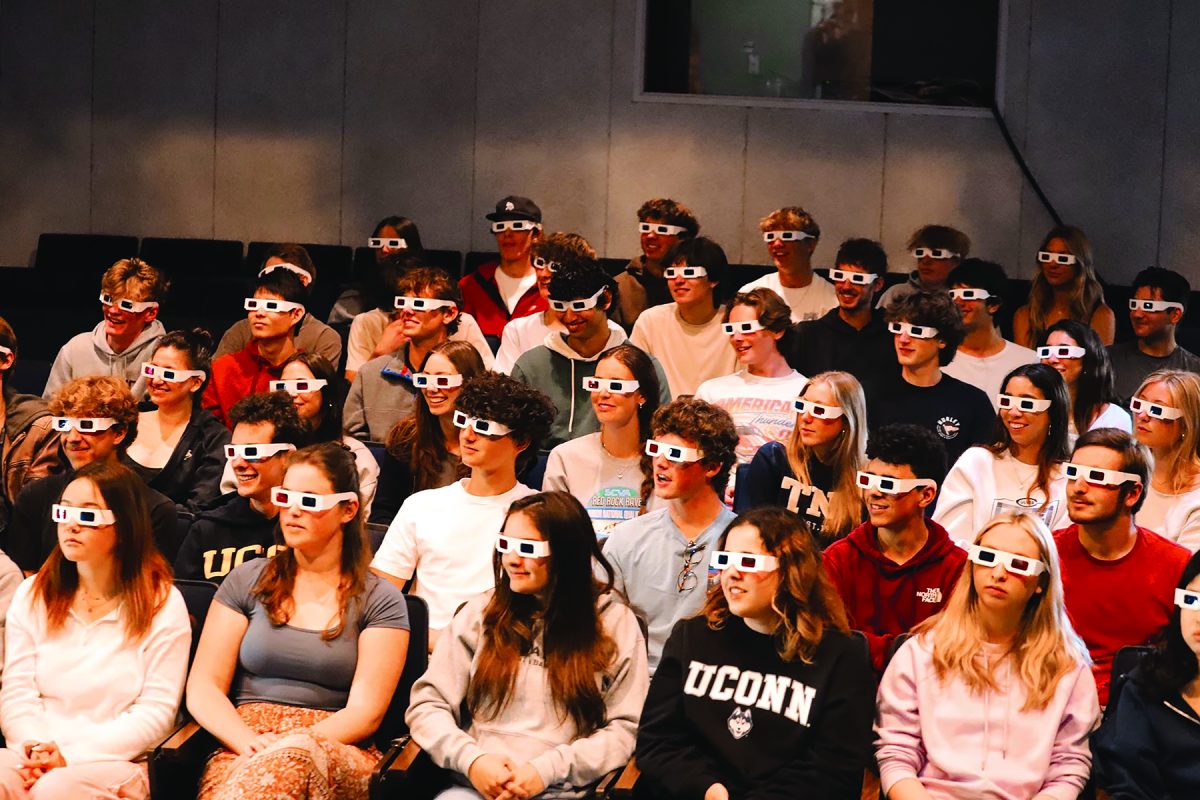Attacking Art
The protests conducted by the “Just Stop Oil” movement are a controversial attempt to get the media to pay attention to the oil crisis throughout the world.
January 23, 2023
 Disruption of the ozone layer, ocean drilling and spills, collapsing ecosystems, risks to all living things: these are results of oil pollution. Although environmentalists have been looking for a renewable energy replacement, oil has been a key economical factor and primary energy source for years. Simply removing oil from the equation, if that was even an option, would affect our ways of life in ways that we could not fathom. We are victims of an oil-dependant society that has already permanently damaged our planet.
Disruption of the ozone layer, ocean drilling and spills, collapsing ecosystems, risks to all living things: these are results of oil pollution. Although environmentalists have been looking for a renewable energy replacement, oil has been a key economical factor and primary energy source for years. Simply removing oil from the equation, if that was even an option, would affect our ways of life in ways that we could not fathom. We are victims of an oil-dependant society that has already permanently damaged our planet.
Large corporal federations and their consumers have neglected the planet by promoting such pollution.
While the average person might not be able to use an oil alternative, it is each person’s responsibility to somehow commit to change, whether in local offices or petitions.
One movement made up of multiple organizations is dedicated to ensuring that governments commit to ending all new licenses and production of fossil fuels.
The Just Stop Oil coalition, predominantly located in the United Kingdom, consists of volunteers taking to the streets with protests, who point fingers at government officials and companies for neglecting the advantages they have to replace oil and gas with renewable sources.
While their message is important and their point has gotten across many major news stations, their desperate attempt to get the media’s attention in turn gave them the wrong kind of attention.
Members of this environmental activist group have been most noticeable in headlines reporting that they vandalized famous pieces of artwork. What does art have to do with oil?
AP environmental science teacher Erik Faust said, “their actions aren’t justified; they are designed to get attention, which they do, but in the end it just makes the movement seem like a bunch of wackos.”
However, Alyssa Jane, an environmental studies major at UCSB, believes that their actions are justified.
She believes that the media response shows that the public cares more about art.
“The reaction to harming art has been so extreme, but the reaction to the climate crisis hasnt had the same mobilization of people.”
These protestors have been found tying themselves to buildings, blocking traffic, throwing paint at major banks, and even throwing cake at a mannequin of the current king of England.
The most notable acts that have been committed, however, have got art historians fuming.
They have been gluing themselves and throwing food at famous pieces of artwork, followed by a speech on whether art or the earth’s well-being is more important.
Faust said, “this is gonna make advocates for fossil fuel use seem like more extremists and antagonistic.”
Van Gogh’s “Sunflowers,” Johannes Vermeer’s “Girl with a Pearl Earring,” a replica of the Da Vinci’s “The Last Supper,” Gustav Klimt’s “Death and Life,” and Claude Monet’s “Meules” are a few of the paintings that have already been attacked during these protests. Although covered by glass, the risk of damaging even the frame of these magnificent paintings is enough to diminish the message of the Just Stop Oil movement.
These acts of vandalism have painted a bad picture for the anti-oil movement as a whole.
“Holding up a sign and throwing food is not gonna make meaningful change,” said Erik Faust.
This begs the question, is the spreading of the message to stop oil production an excuse to destroy famous pieces of work or property?
Art history teacher Valerie Yoshimura had something similar to say about the Just Stop Oil protestors: “The disconnect between attacking art and lamenting the climate crisis made me question the efficacy of their approach.
A good action by activists should, I believe, better align the protest with the problem.”
Attacking artwork and angering museum curators is simply creating a bigger divide between environmentalists and the public. Taking action to protect our planet, and the continuation of the human race, requires methods beyond vandalism. While protesting is a powerful form of taking action, it can only do so much.
Valerie Yoshimura recommends that if climate activists want to continue focusing on art in terms of their message, they could create a display of photos and reproductions of artwork that highlights the beauty of our planet.
“They could be juxtaposed with photographs of real devastation caused by the climate crisis,” said Yoshimura. “By evoking empathy in the viewer, they could then have an audience more willing to take their exhortations to heart.”
Alyssa Jane– while in support of the Just Stop Oil movement’s actions– believes that there are more efficient ways to go about climate action. “Instead of targeting art, they could target oil companies and government offices that are directly responsible for oil pollution. Educating the public and looking into local politics goes a long way.”
In a way, we all have our lives because the oil industry exists; treating them and museum curators like villains is problematic. Building a consensus will make people believe that the activists are looking out for their best interests. Finding renewable ways to replace oil production and end such pollution requires sacrifice.
Erik Faust elaborates on beyond the compounds of art, and what can be done outside of museums. “Real meaningful change requires sacrifice.
The civil rights movement was successful because people put themselves at risk,” said Erik Faust.
“It requires long, deliberate effort that is reasonable; that treats other human beings like they actually matter.






